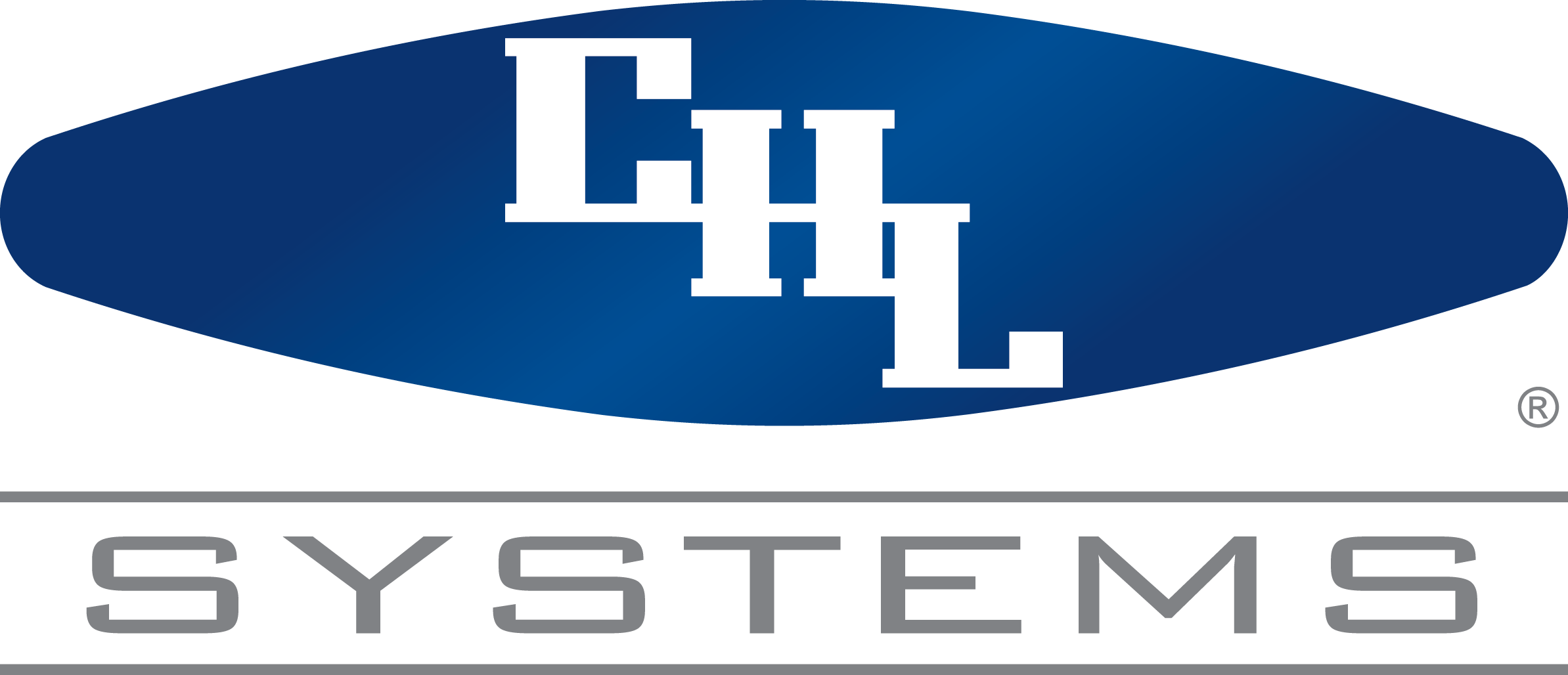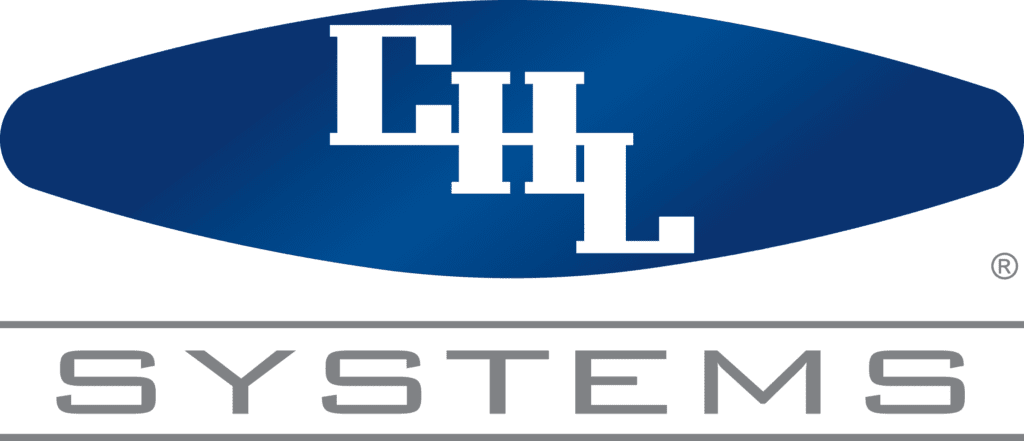Popular for their versatility, cost effectiveness, and safety features, belt conveyors can increase your production throughput and boost your operational efficiency.
Whether you are looking to automate a manual process for the first time or upgrade your existing food processing line with a modern belt conveyor, knowing how to choose the right conveyor belt will help you maximize the return on your investment. But how do you know where to begin?
In this post, we’ll discuss the importance of choosing the right conveyor belt for your food processing or packaging needs and guide you through 4 key factors to consider when choosing a conveyor belt.
The Importance of Choosing the Right Conveyor Belt
Once you have decided that a belt conveyor is the best type of conveyor to suit your needs, it’s time to choose which components will outfit your conveyance system.
The first component you must consider is the type of conveyor belt you will need. The belt that you use will determine several other important factors and components including the conveyor design, frame type, and actuation.
Additionally, the type of conveyor belt will directly impact both food and worker safety. Not to mention, choosing the right conveyor belt the first time will save you from needless repairs, minimize operational downtime, and keep your production running smoothly.
To determine what type of conveyor belt will work best for you, consider the following key factors.
Factors to Consider When Choosing a Conveyor Belt
1. Product
As you evaluate your conveyor belt options, you should carefully consider the product you will be conveying. Product characteristics such as weight, size, texture, moisture, viscosity, oil content, corrosiveness, and acidity all play an important role in determining the type of conveyor belt you will need.
The weight and size of the product can dictate the class of conveyor belt that is required—light-duty, medium-duty, or heavy-duty.
For example, a production line conveyor that handles finished food products would typically employ a light-duty conveyor belt, while a primary or secondary packaging line may necessitate a medium-duty belt.
In contrast, heavy-duty conveyor belts carry the greatest load capacities and are often used at the end of the line to transport large loads of palletized products.
Other product characteristics such as texture and viscosity directly affect the functionality and effectiveness of the conveyor belt and will influence the conveyor belt design, material type, and surface profile. Additionally, these characteristics can present unique challenges to food safety and must not be overlooked when considering the type of belt you will need.
Conveyor belts that come into direct contact with raw or unpackaged ready-to-eat food products are known as Food Contact Surfaces (FCS) and are held to the highest standards of hygiene and food safety. For these conveyors, it is critical to select a food-grade conveyor belt that is made with material specifically rated for your product.
Materials that are wet, oily, sticky, corrosive, or acidic can penetrate or adhere to a conveyor belt in ways that hinder effective material handling and sanitation and can compromise food safety if the wrong type of conveyor belt is used.
2. Application
When choosing a conveyor belt, consider at what stage of production and for which process the conveyor will be used. Will you be transporting raw materials, ready-to-eat foods, or packaged goods? Will the conveyor be integrated with processes such as cutting, cooking, cooling, inspecting, or packaging?
Each of these factors will influence the type of belt material you select and may also necessitate the use of a specialized type of conveyor belt. For example, a raw meat trimming line conveyor would benefit from the use of a cut-resistant belt material that is also designed to be antimicrobial.
Likewise, a processing line conveyor that handles unpackaged food products may benefit from the use of metal- or x-ray-detectable belting. This belting is made with material that can be easily recognized by metal or x-ray detectors should any part of the conveyor belt happen to break off and become incorporated into the food product.
Choosing the conveyor belt material that is most appropriate for your application will reduce the risk of food contamination that could be caused by a belt that breaks easily or harbors pathogens.
3. Environment
When selecting a conveyor belt for your food production facility, you should also consider the environmental conditions where the conveyor will be operating. Factors such as temperature and moisture affect the conveyor belt’s durability and sanitation requirements which, in turn, impact both food and worker safety.
Conveyor belts that are routinely exposed to extreme temperatures must be carefully chosen to ensure that they are properly rated for those temperatures. In the food processing industry, thermoplastic conveyor belts are popular for their durability and capability to withstand a broad range of temperatures; however, they are not always the best choice in the most extreme temperature environments.
For example, thermoplastic conveyor belts may melt or even catch fire if they are in close contact with a high heat source such as an oven. Therefore, a conveyor belt used on a baking line would benefit from a material with a higher temperature resistance such as metal or silicone.
Similarly, using a conveyor belt that is rated for sub-zero temperatures will reduce the likelihood of belt breakage when operating in a freezing environment.
Conveyors that operate in wet environments where food is processed will require a belt material that is appropriately rated for washdown. Non-porous thermoplastic belts work well in this type of environment.
For sanitary conveyors, choosing a belt material with a high chemical resistance will also help extend the life of the conveyor belt as it is regularly exposed to harsh chemicals during the cleaning process.
4. Direction
Considering which direction you will be moving your product will also help you determine what type of conveyor belt is the best choice for your material handling. Curves, inclines, declines, and vertical conveyance all factor into the belt design.
Understanding how product flow affects the conveyor design will help you make the best use of space in your facility and optimize your production efficiency.
Will you be moving your product in a straight path or around corners? While a flat conveyor belt may work well for a straight run, a modular belt is ideal when turns are required, since modular belting offers greater directional flexibility and can be adapted to fit around curves.
Conveying on an incline or decline may require the use of a cleated conveyor belt that includes sections, dividers, or pockets to secure materials. For conveyors with steep angles such as a Z-conveyor, a belt that also includes sidewalls may be needed to further protect from product spillage during transport.
Choosing a Conveyor Belt That Will Last
From product and application to environment and conveyance direction, each of these considerations is crucial to ensuring the safety, effectiveness, and longevity of your belt conveyor.
Understanding how these factors affect the design and functionality of your conveyor system will guide you in making a well-informed decision. With this knowledge, you will be equipped to choose the ideal conveyor belt that brings you lasting results and stands as a testament to your commitment to safety and efficiency. If you are looking for conveyance solutions make sure to check out our services!


